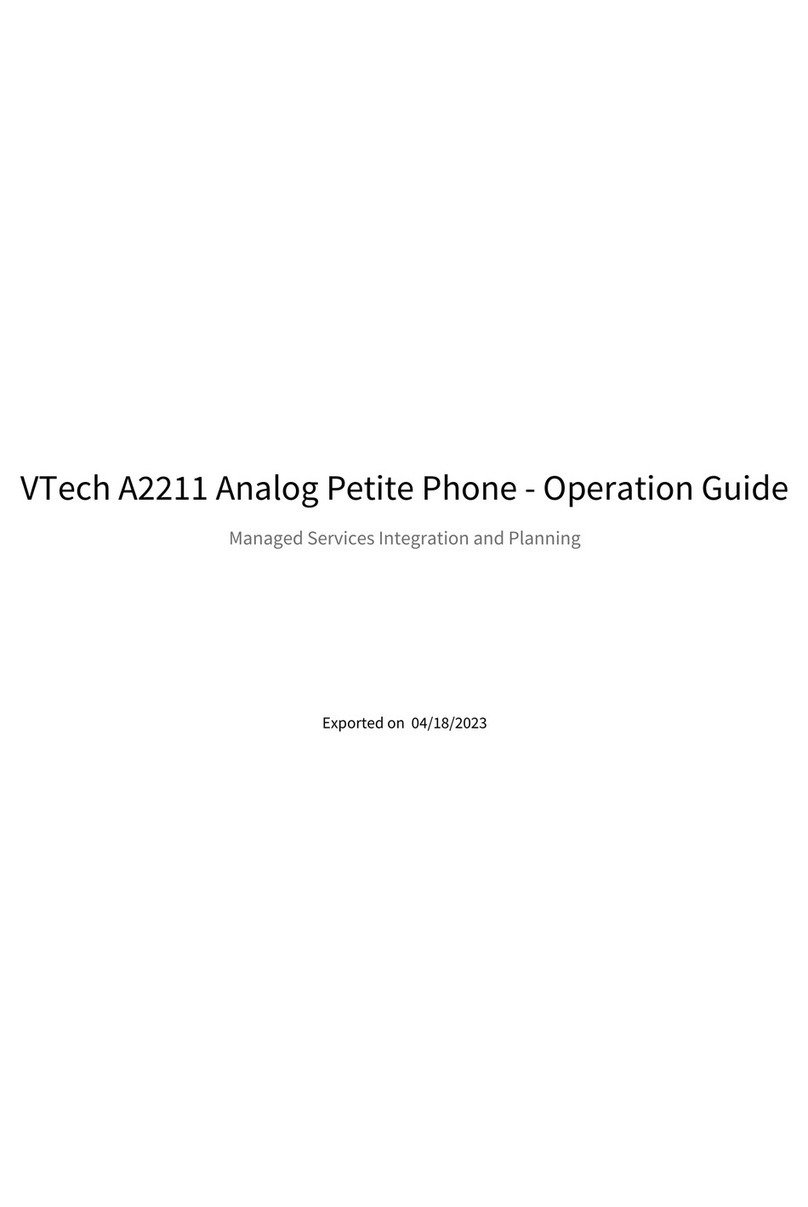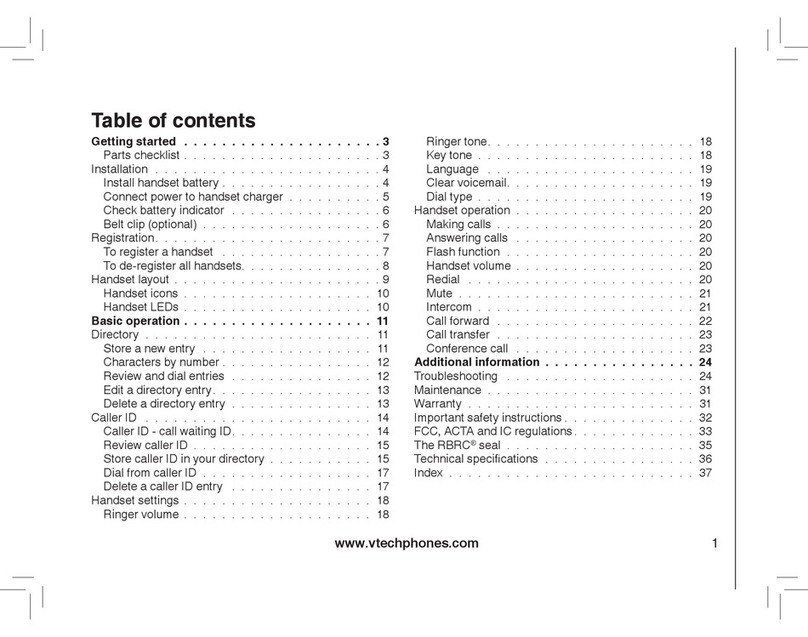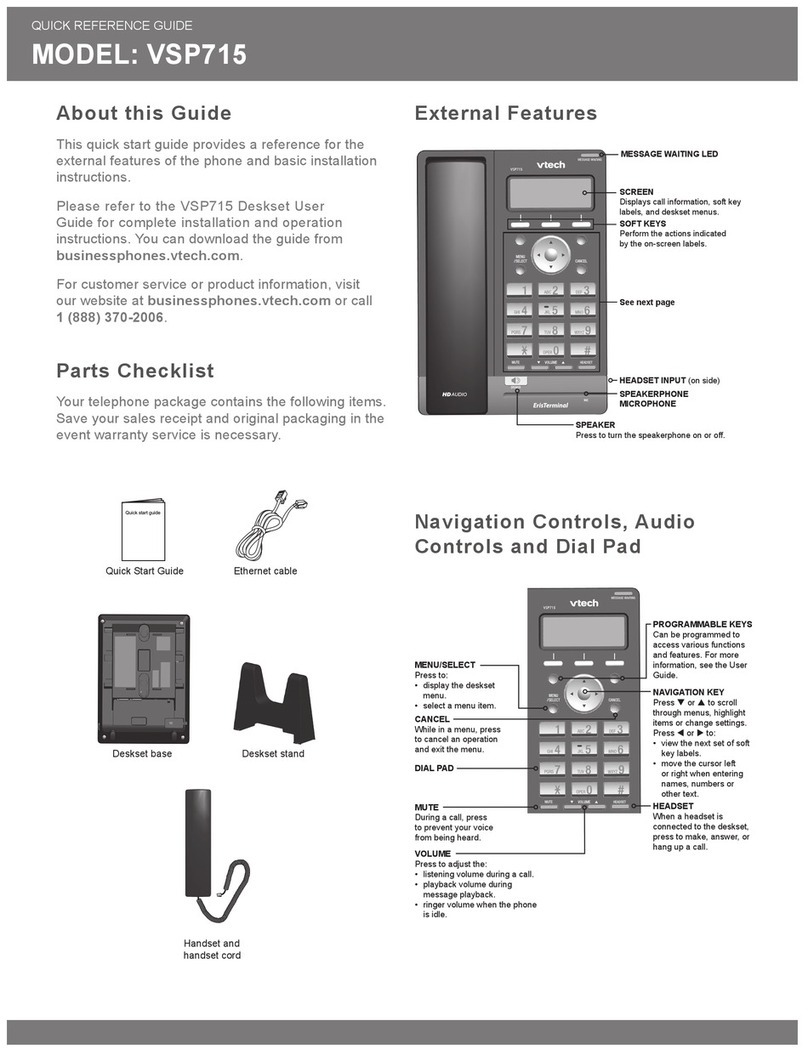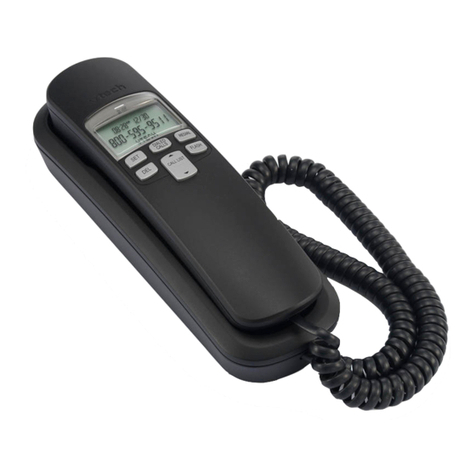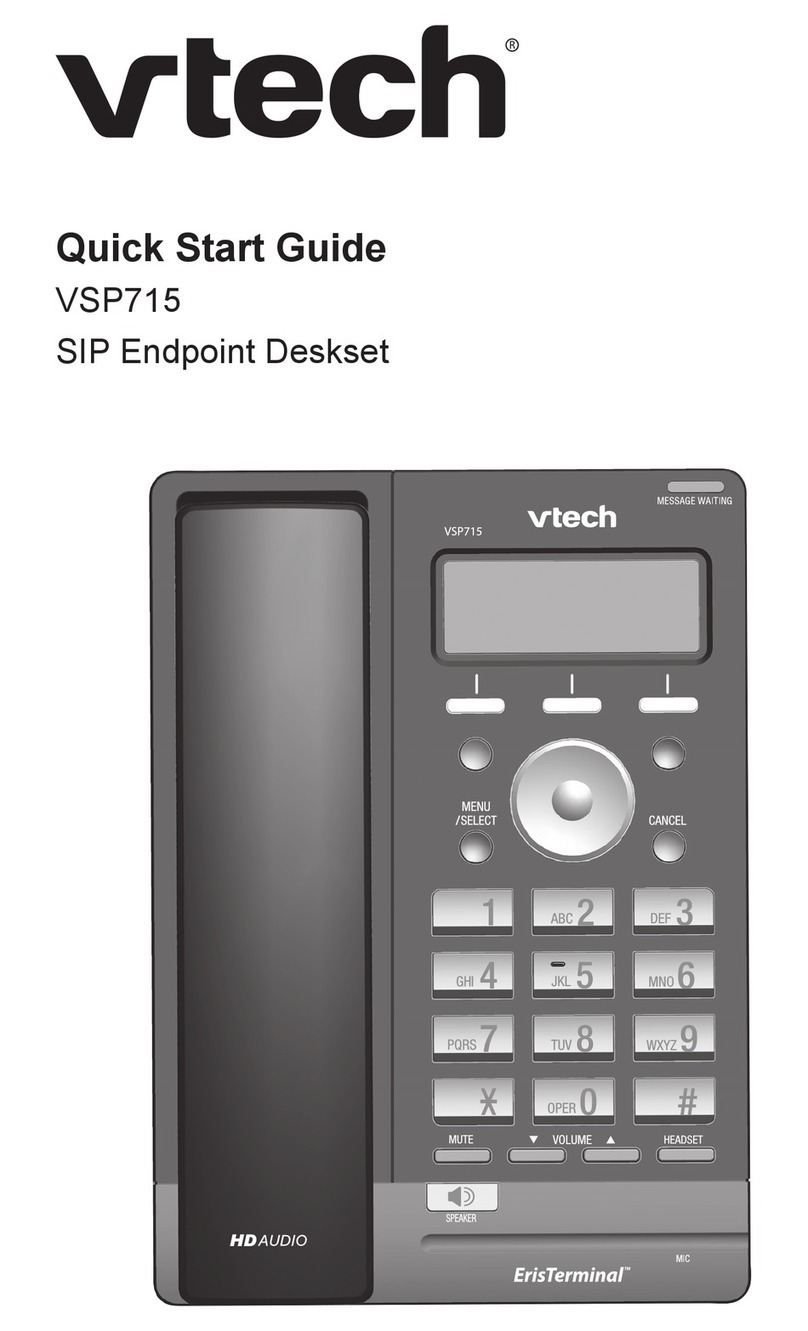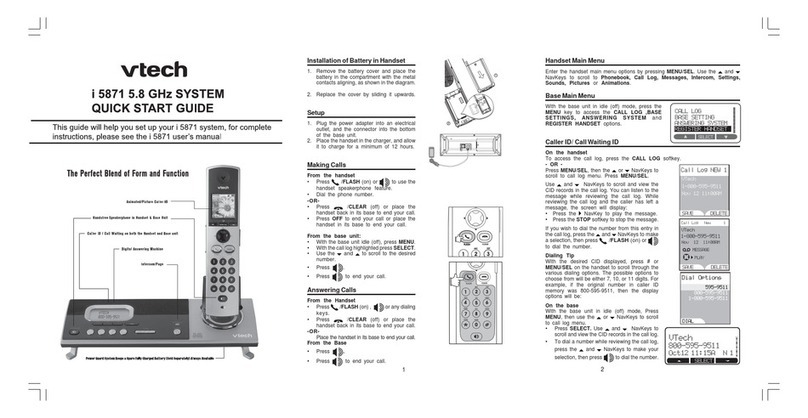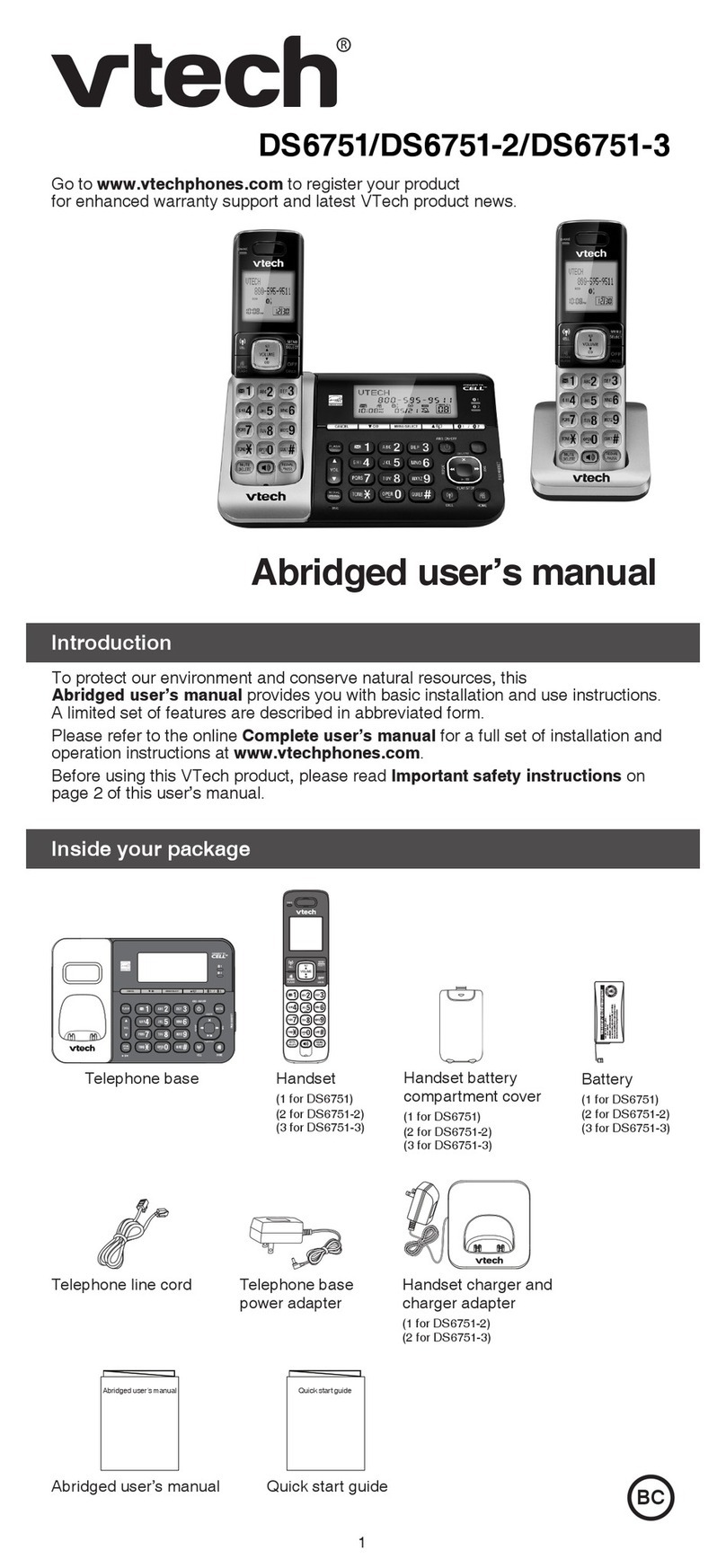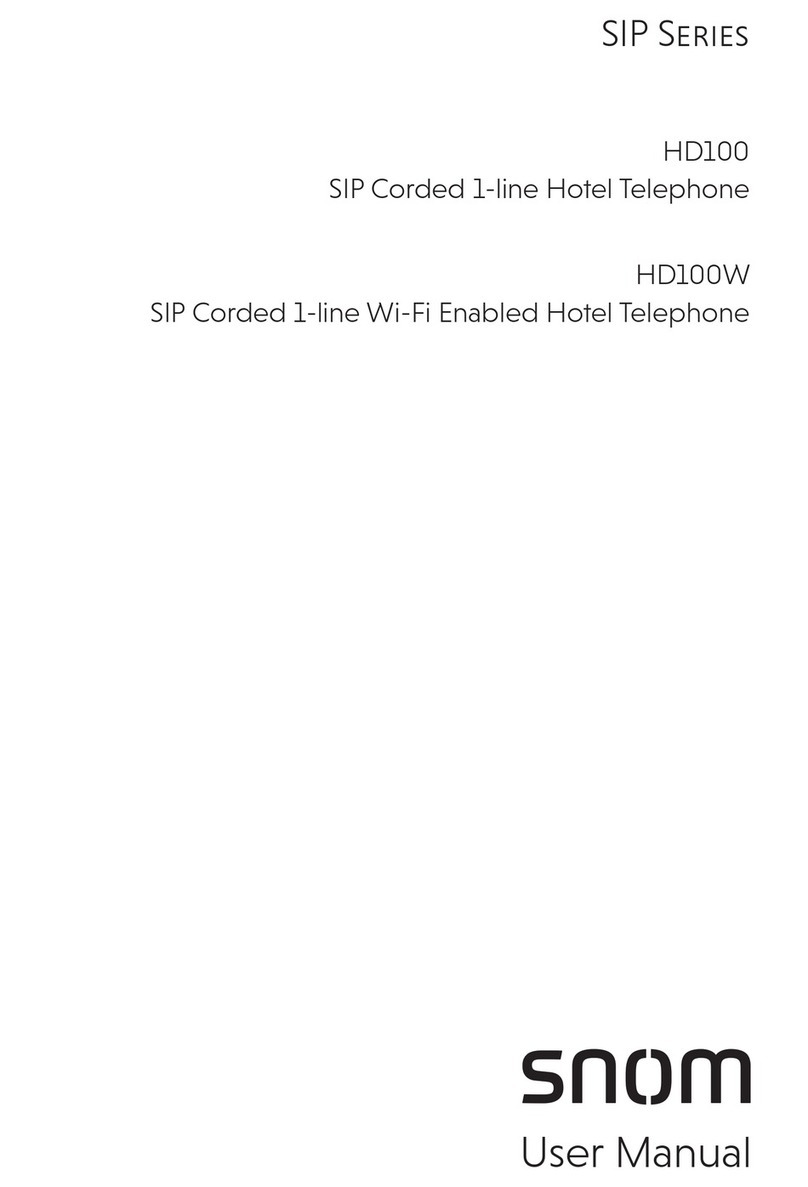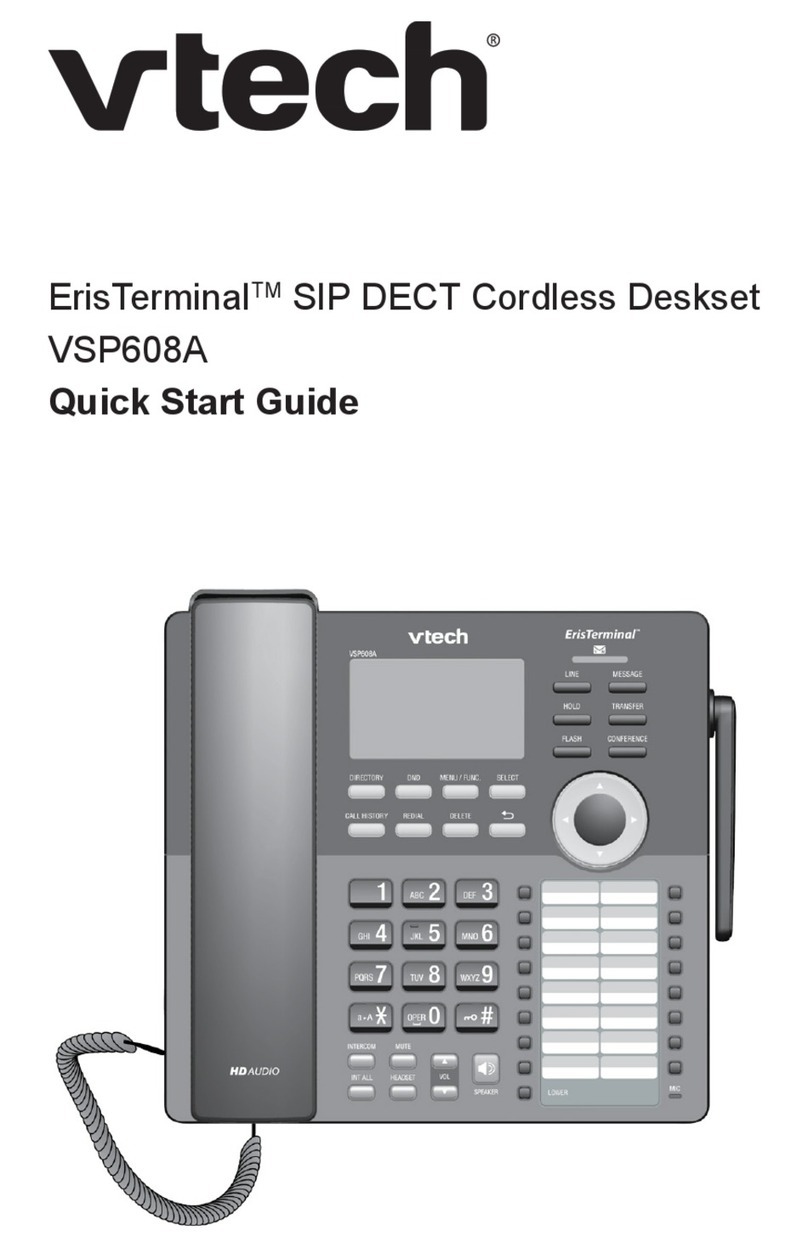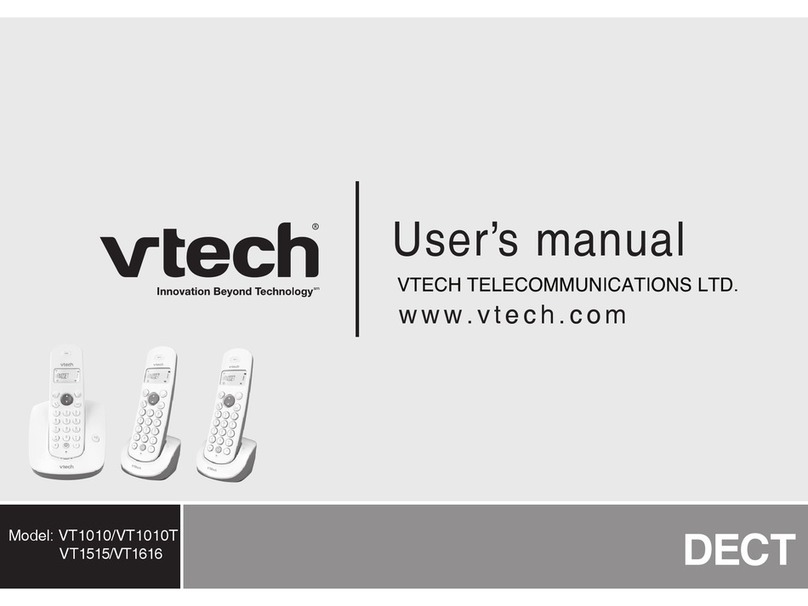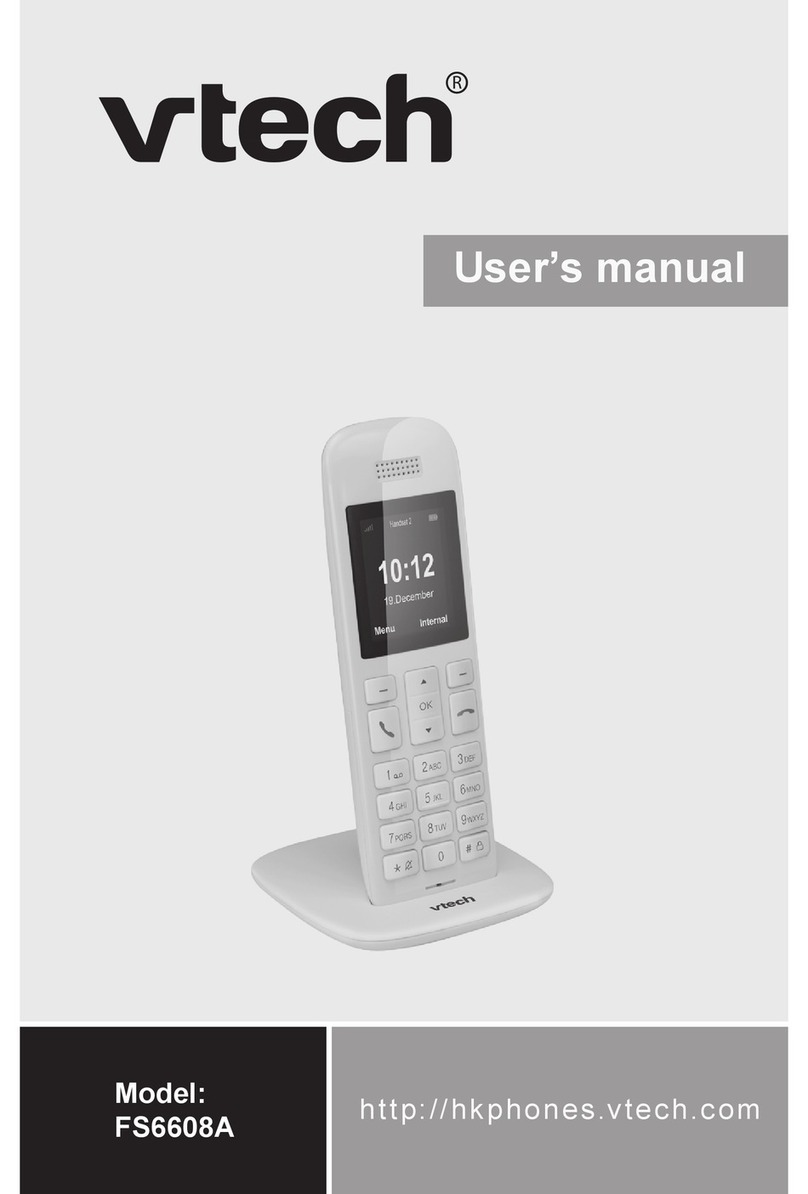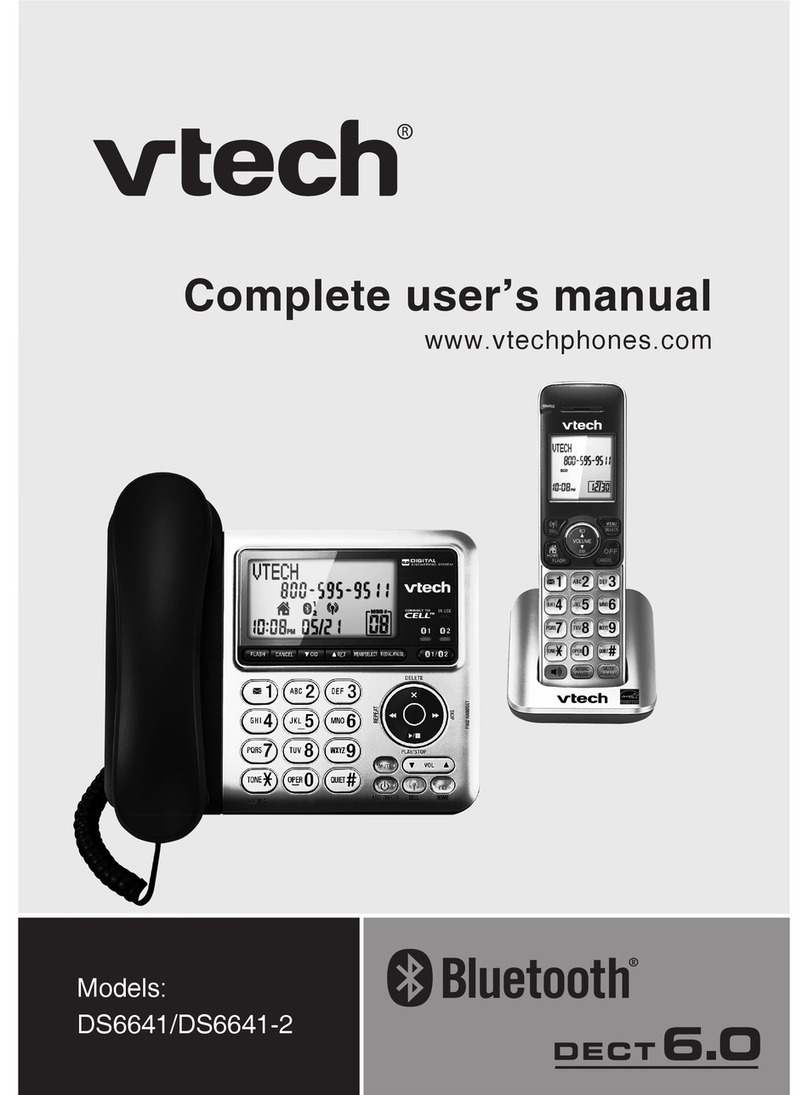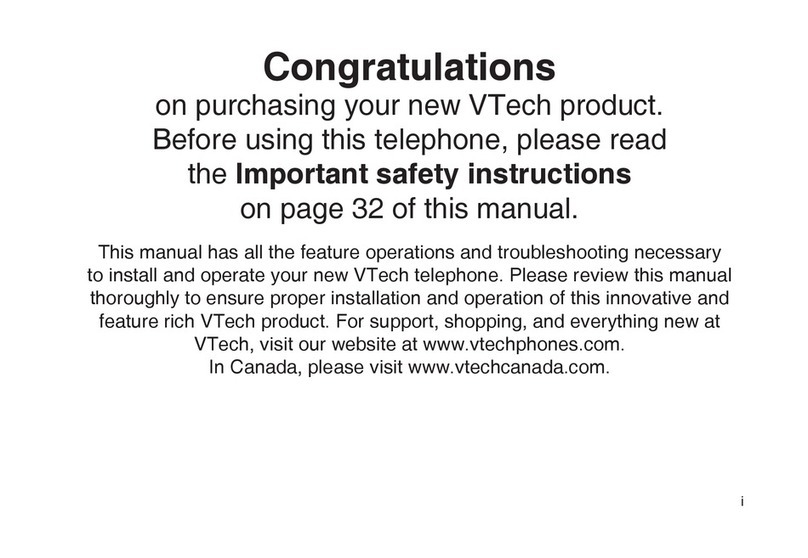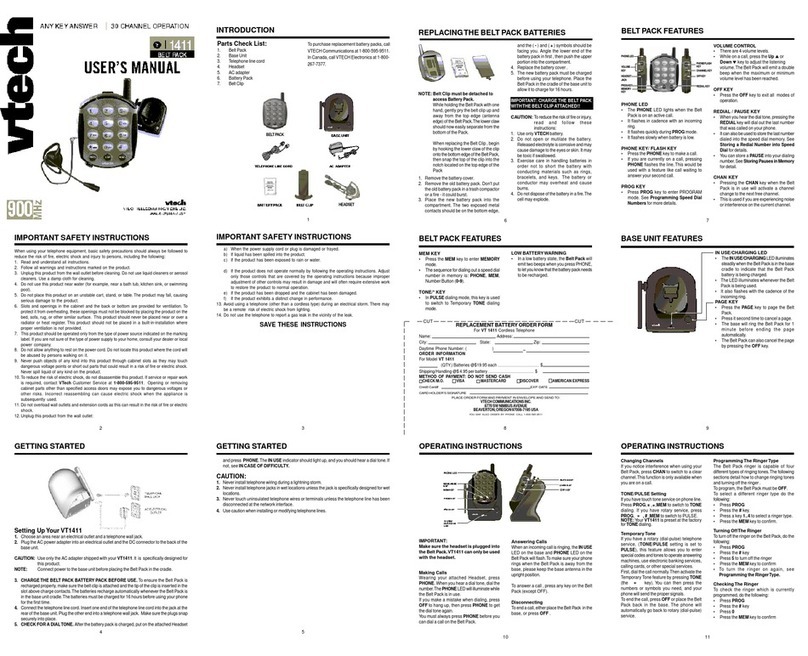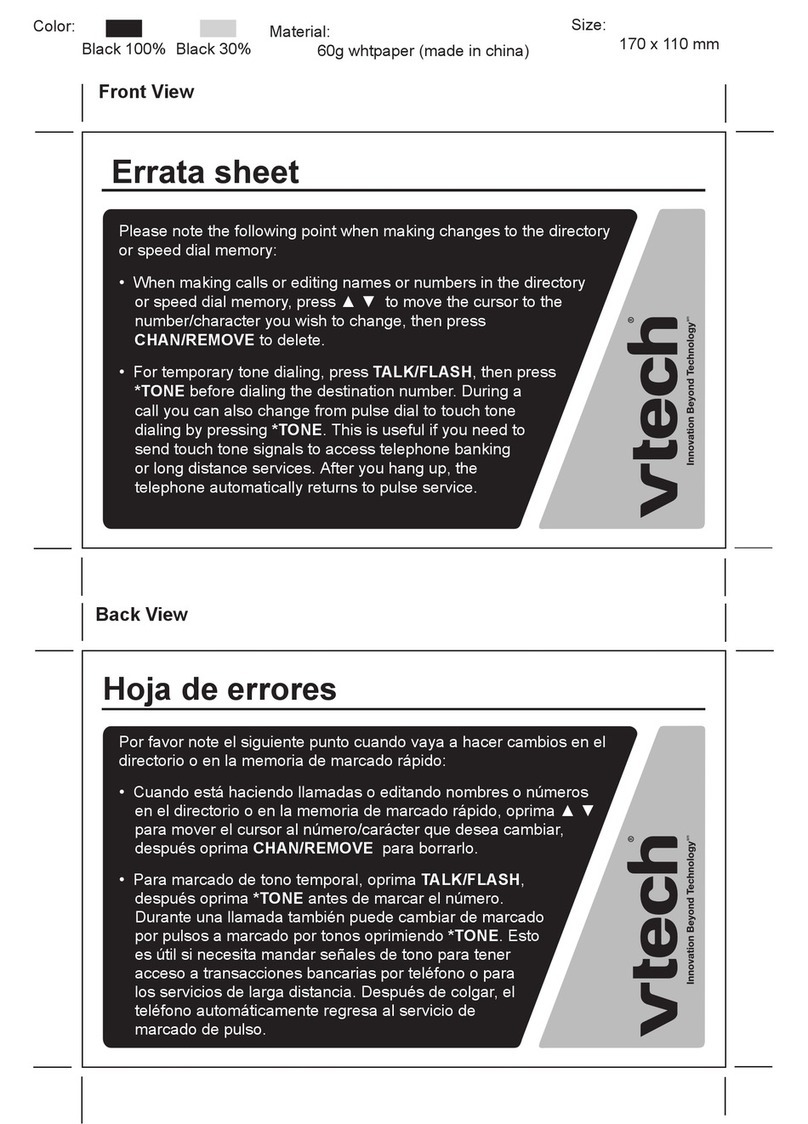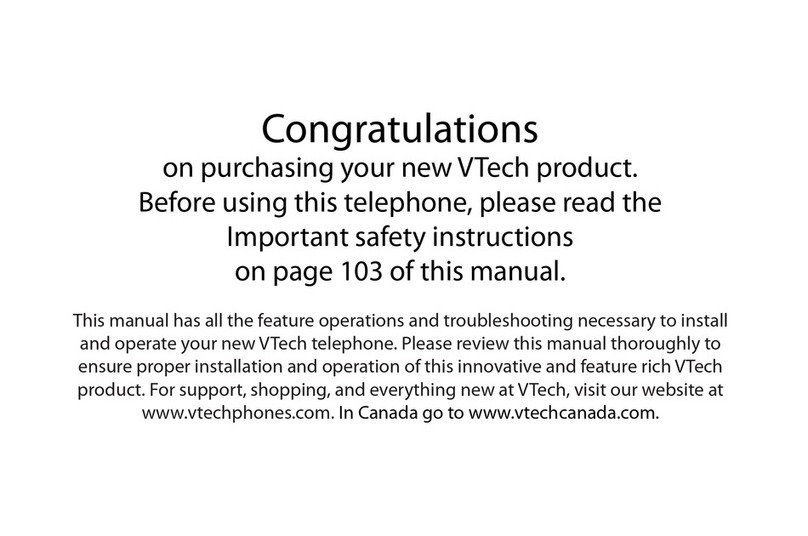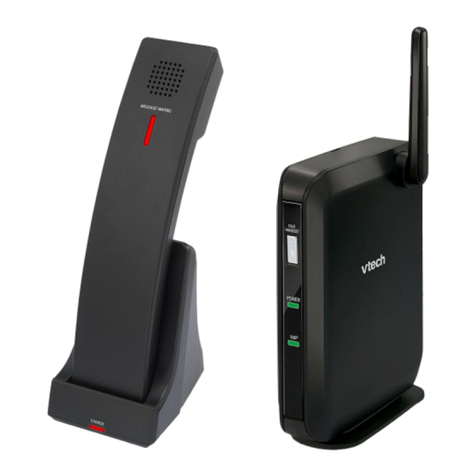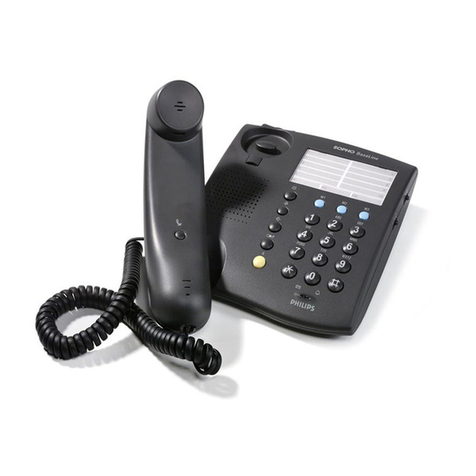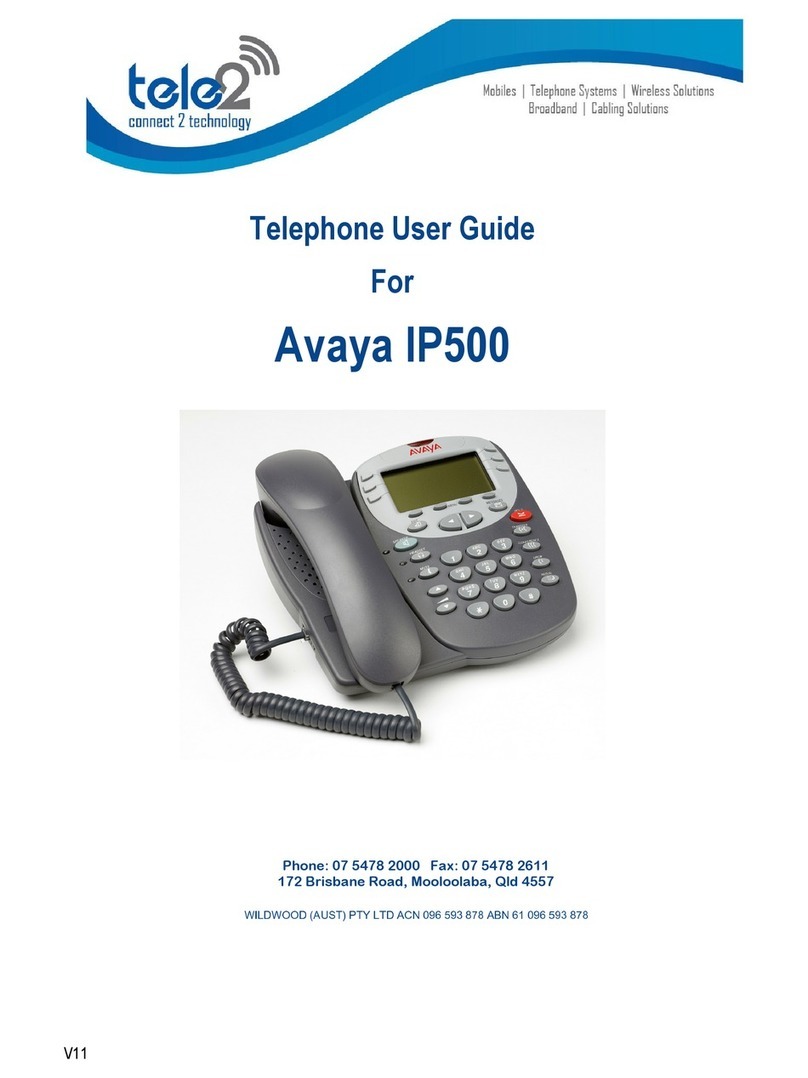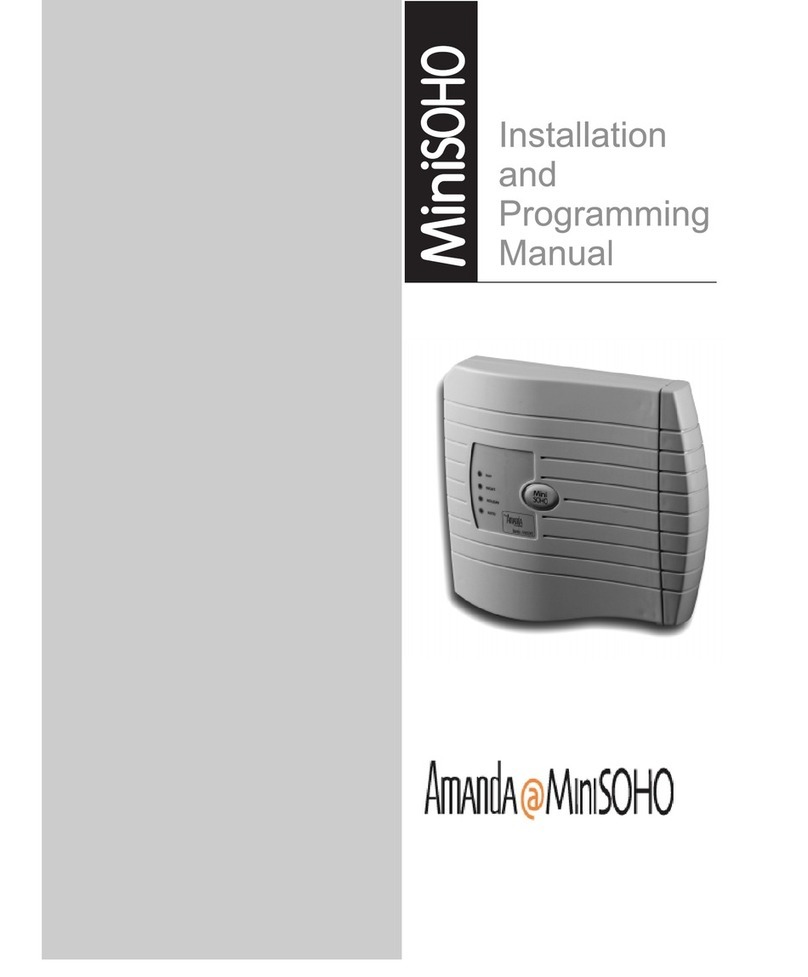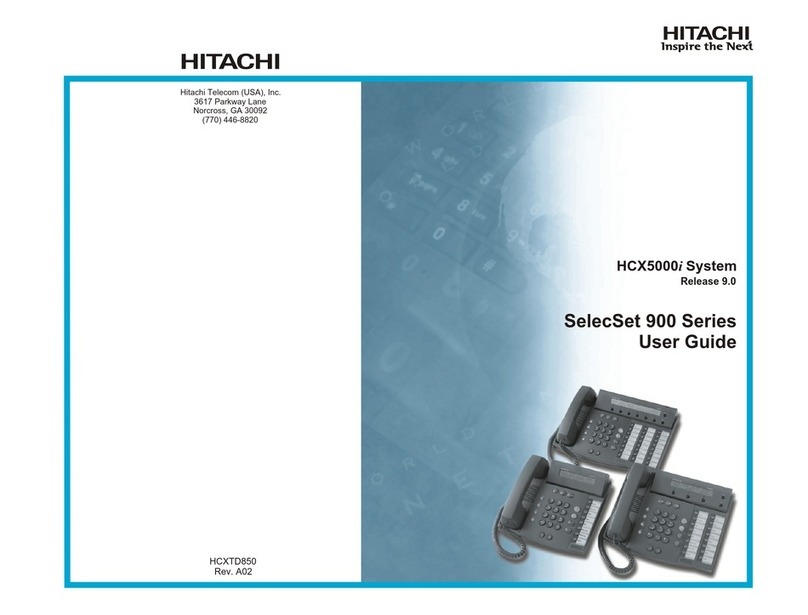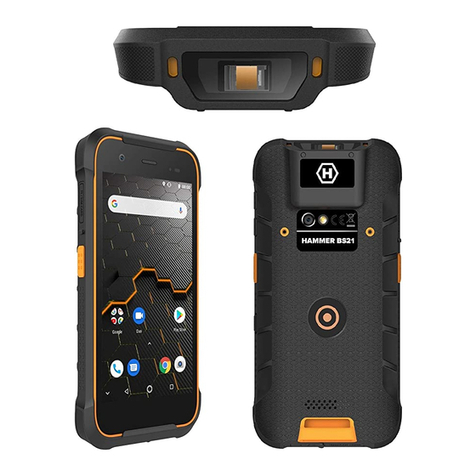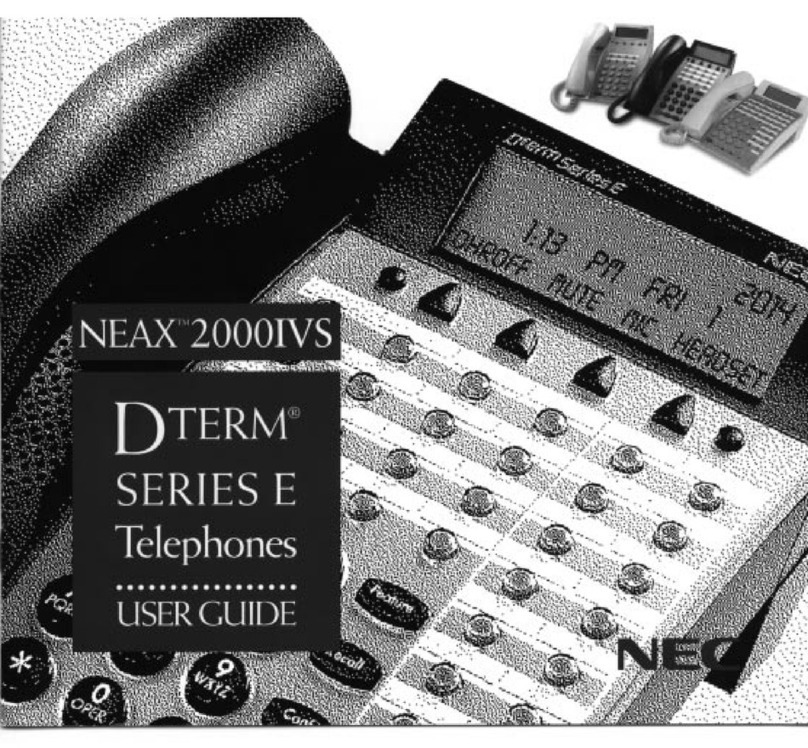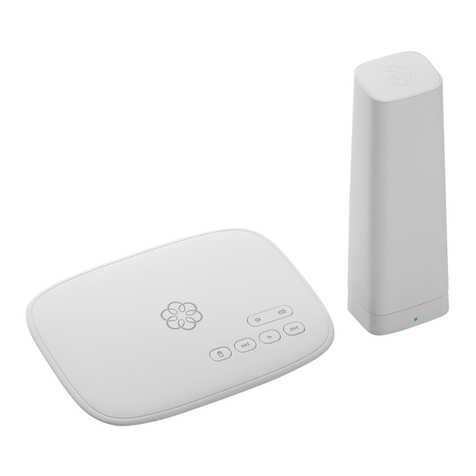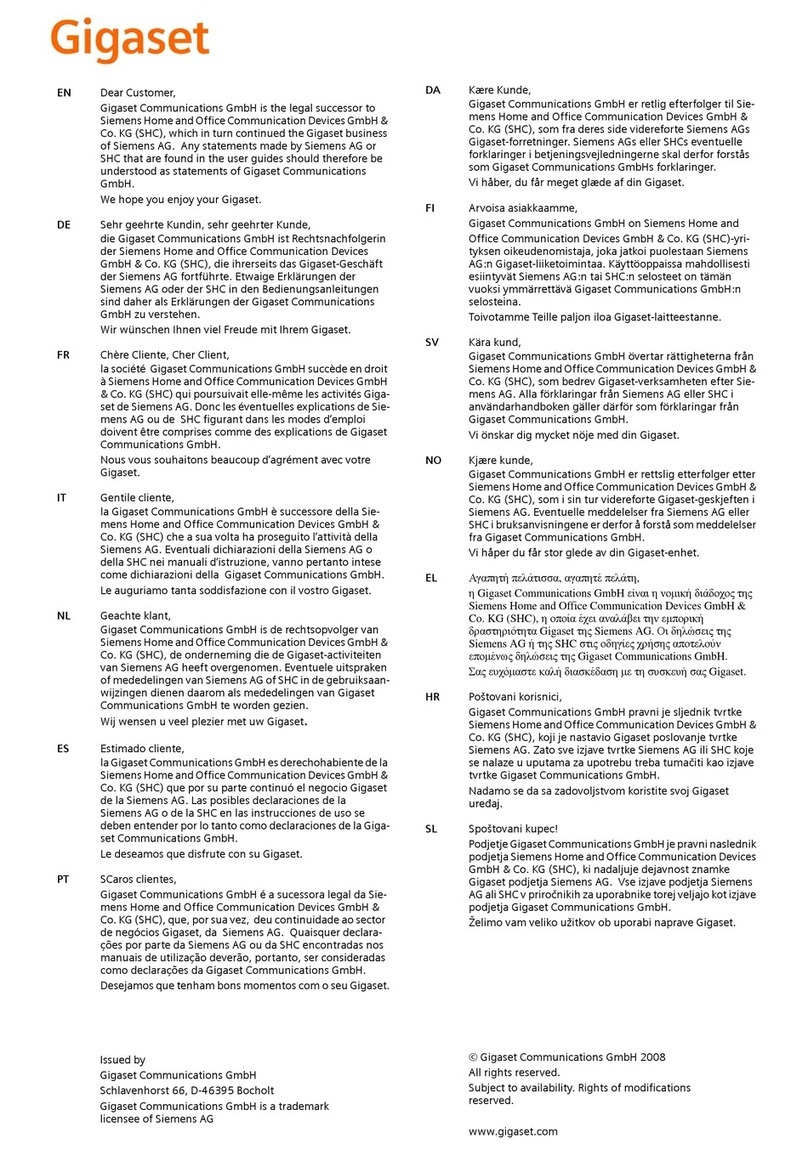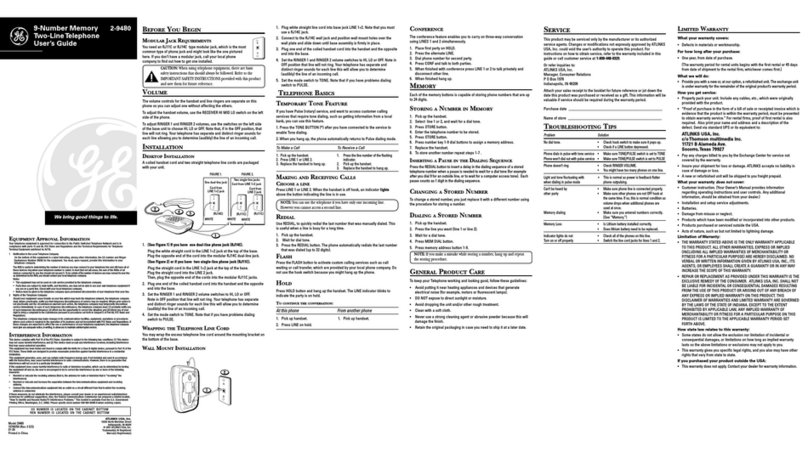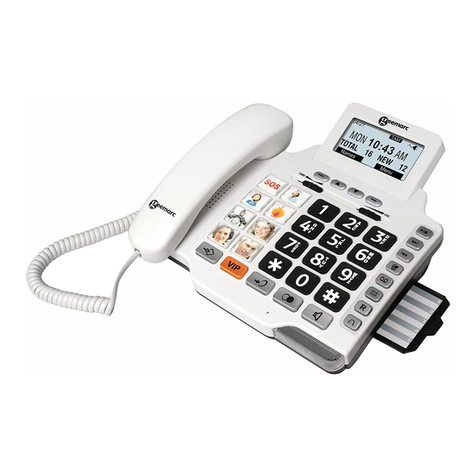Setting Up Your
VT2900
1. Choose an area near an electrical
outlet and a telephone wall jack.
2.
Connect your telephone Line
Cord(s). If you knowwhat types of
telephonejacks you have,proceed
with the appropriate steps below.
If you are notsure whether you
have two-line jacks or one-line,
perform the Modular Jack Test on
page
8.
If you have two telephone lines
installed on a single jack (type
RJ-14), usethe two linecordsupplied
with your phone (the one with the
black plugs at each end). On the
base, plugone endof the cordintothe
jack marked"L1 OR LllL2. Plug the
other end intothe two-line jack inyour
wall. Now proceedto page
8
Modular
Jack Test.
Note: For two-line operation, you
must have two telephone lines (with
two telephone numbers) installed by
your local telephone company. If you
have only one telephone line, this
phone will still operate, but only as a
single line phone.
You cannot connect this ~h0neto a
two-line jack and a single:line jack at
the same time. You can only connect
it to two single line jacks, or to one
two-line jack.
Ifyou havetwo telephone numbers
installed on two separate jacks,
(type RJ-11) both jacks must be
within reach of your phone. You will
need to use both line cords supplied
(the one with the clear plugs and the
one with the black plugs).
On the base unit, plug one of the line
cords into the jack marked "L1 or L1/
L2". Plug the other end of the cord
into the wall jack that you want
designatedas LlNE 1 on your phone.
Plugthe other line into the jack on the
base unit marked "L2. Plugthe other
end of the cord into your other wall
jack. The line inthis jack will be LINE
2 on your telephone.
AC Power Adapter
Plug the AC power adapter into an
electrical outlet.
AC ELECTRICAL TELEPHONE
OUTLET WALL JACK
Modular Jack Test
Perform this test if you aren't sure
whether you have two-line jacks or
single-linejacks. If you already know
which types of jacks you have, skip
this test and proceed on to the next
section.
To test a jack.
1 Use the telephone line cord with
the black plugs supplied with this
phone. Plug one end in the base
"L1 or LIlL2". Plug the other line
into the wall jack you want to test.
2.
Plugthe AC adapterintoastandard
electrical outlet and connect the
DC plug into the telephone base.
3. Onthe base unit, press LlNE 1and
release it. You should hear a dial
tone over the speaker. Adjust the
volume controlto a suitablesetting
if necessary.
4.
Press OFF, and the dial tone will
stop.
5.
Now press LlNE 2 and release it.
If you hear a dial tone over the
speaker, it means there are two
lines coming from that one jack.
If you don't hear a dial tone, it
means the jack has only one line.
Follow the steps above for each
jack youwant to test. When you've
determined which types of jacks
you have, connect your line cords
as described in the previous
section.
If you don't hear any dial tone on
a jack, there may be a problem
with the jack or the wiring in your
home. (seepage30, 'INCASEOF
DIFFICULTY').
Ringer Switches
If you want both telephone lines to
ring when calls come in, set both
switches on the base to ON.
If you want to turn off the ringfor one
or both lines set the appropriate
switch or switches to OFF. When a
ringer switch is set to OFF, the ringer
tone for that line is turned off at the
base.This does not affectthe handset
ringer (see page 23, Programming
the Ringer).
Setting the Tone/Pulse Switch
Set the TONEIPULSE switch on the
base unit. If you have touch tone
service on both you phone lines, set
the switch to TONE. If you have
rotary (Pulse) service on either of the
phone lines,set the switchto PULSE.
TONEPULSE LINE
1
RINGER LlNE
2
RINGER
SELECTOR ONIOFFSWITCH ONIOFFSWITCH
